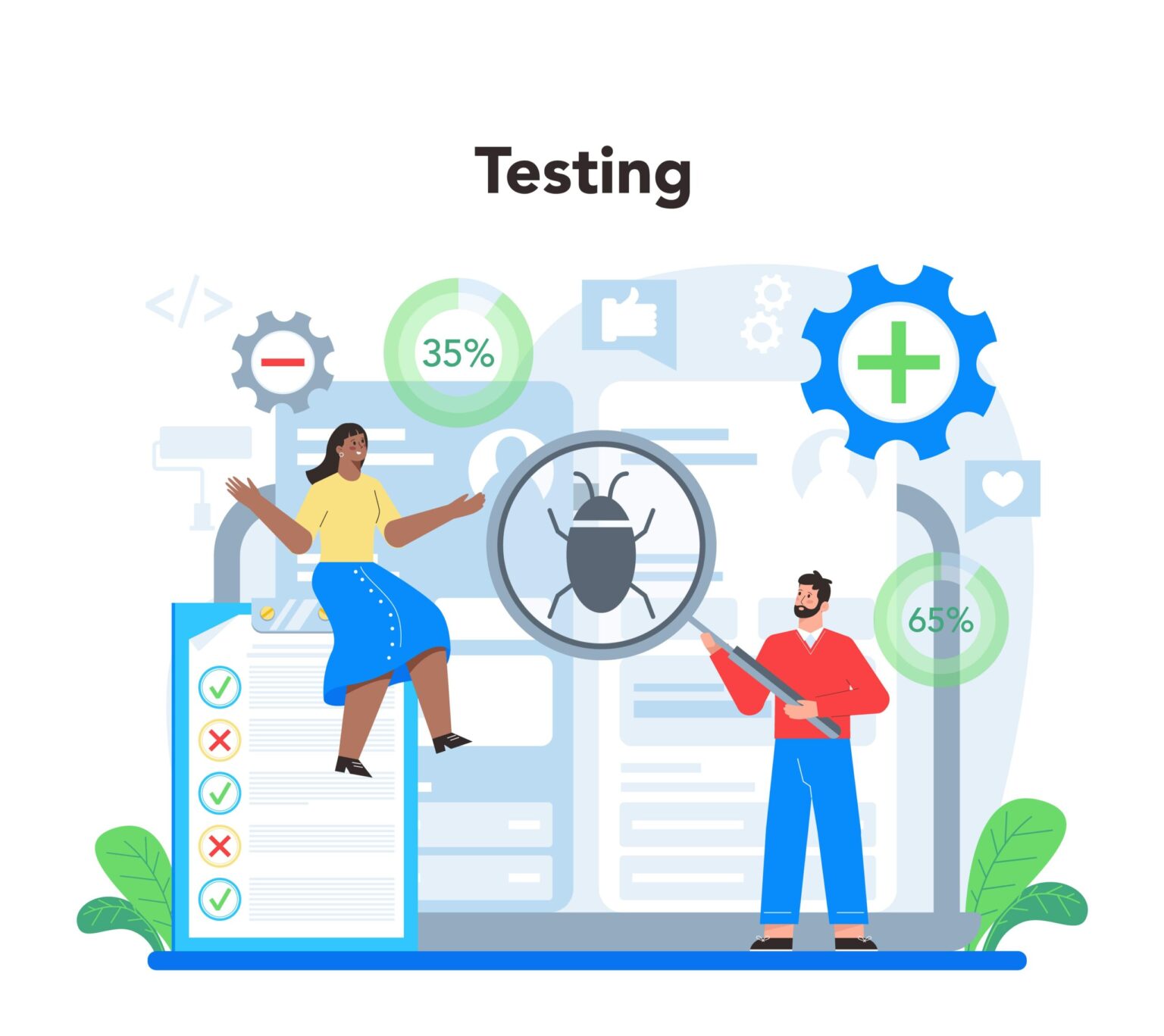Shift-Left Testing is a testing approach that emphasizes the importance of early and continuous quality assurance in the software development lifecycle. It involves moving testing activities to the left side of the development process, where testing is done as early as possible in the development process, ideally in the development phase itself.
Shift-Left Testing is an essential aspect of DevOps as it helps organizations to identify and address issues early in the development process, reducing the risk of costly defects and ensuring that software meets the requirements of customers and stakeholders. This approach also enables teams to deliver software faster, with fewer bugs and a higher level of quality.
The Shift-Left Testing approach involves integrating testing into every phase of the development process, including requirements gathering, design, development, and deployment. This enables teams to identify and address defects and other issues early, before they become more significant problems that can delay the release of software.
Shift-Left Testing also involves the use of test automation and continuous testing, which enables teams to test software continuously throughout the development process, from development to deployment. This approach ensures that software is tested thoroughly and consistently, reducing the risk of errors and defects.
The benefits of Shift-Left Testing include improved software quality, faster time-to-market, reduced costs, and increased collaboration between teams. It also enables organizations to provide more reliable and secure software to their customers.
In summary, Shift-Left Testing is a testing approach that emphasizes the importance of early and continuous quality assurance in the software development lifecycle. It involves integrating testing into every phase of the development process, using test automation and continuous testing to ensure that software is tested thoroughly and consistently. This approach helps organizations to reduce the risk of costly defects, deliver software faster, and provide more reliable and secure software to their customers.



